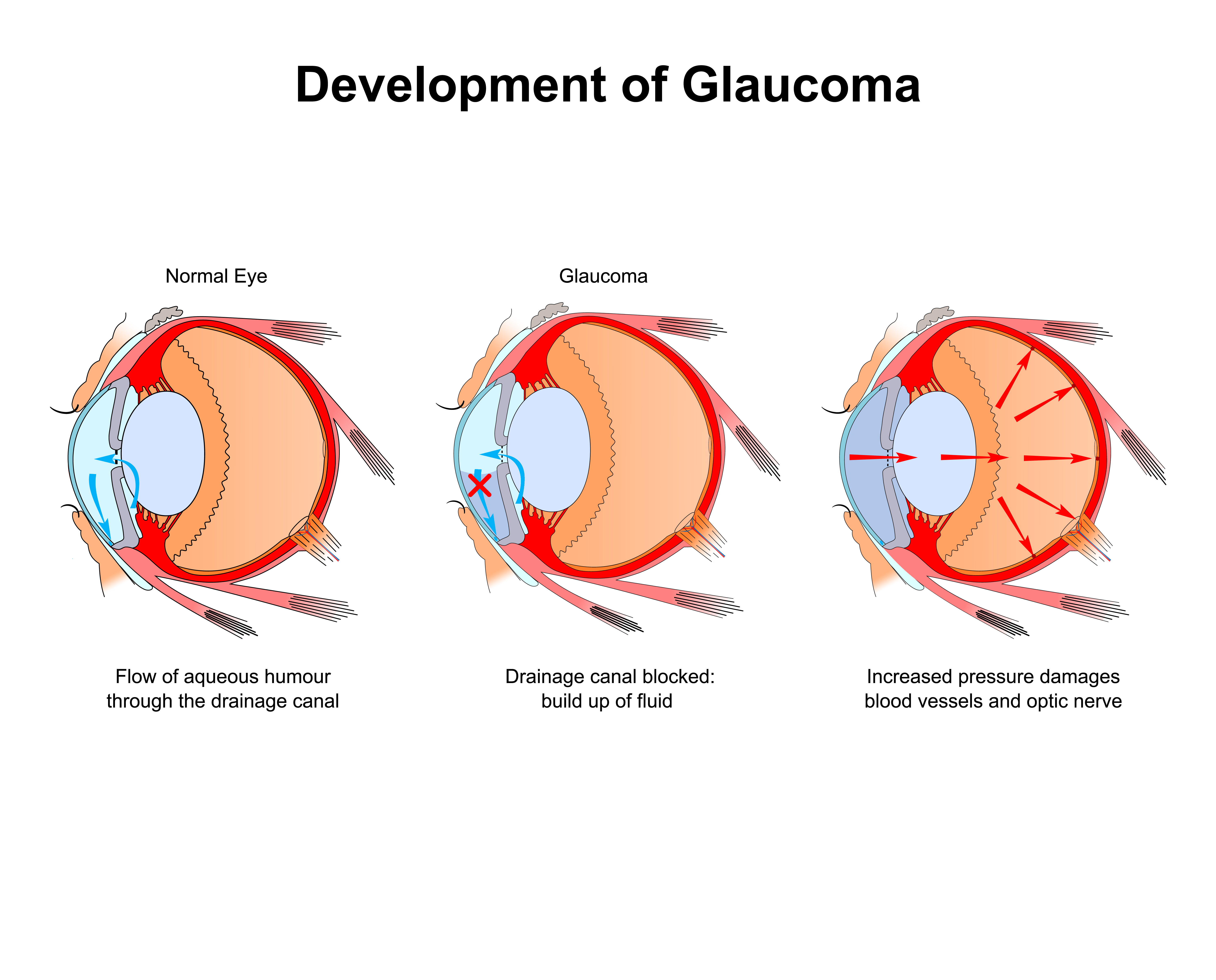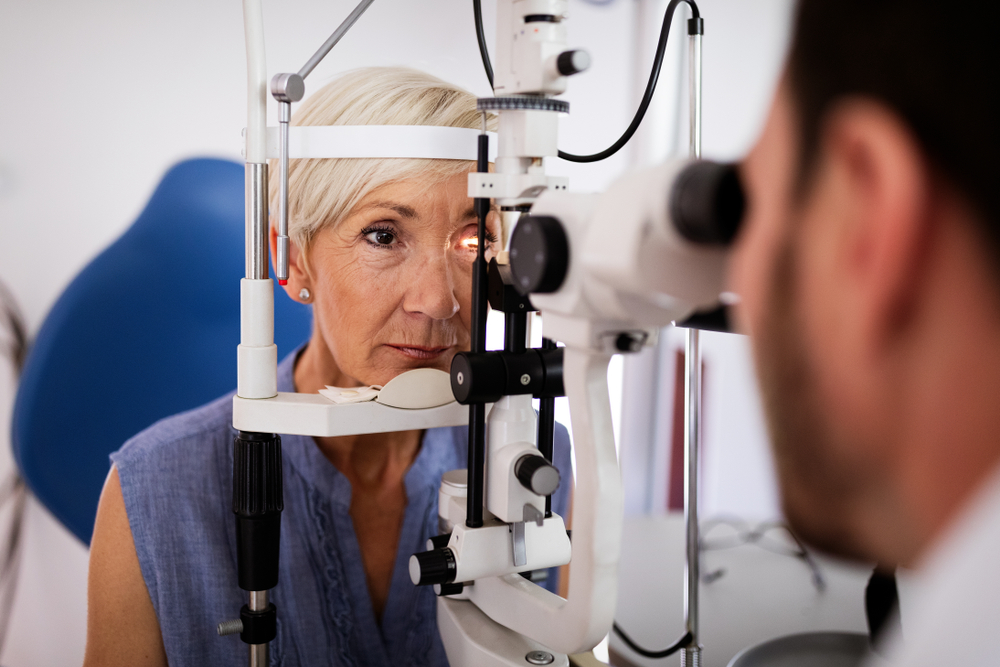Why Your Ophthalmologist Looks for Signs of Glaucoma
October 7, 2024
Did you know that glaucoma is one of the leading causes of blindness in adults over the age of 60? It's a highly prevalent age-related eye condition, but not everyone with it will lose their vision.
The key to preventing severe vision loss is diagnosing the eye condition early. This is what makes eye exams so necessary.
Your ophthalmologist is looking for signs of glaucoma when your eyes are examined, even if you don't have any symptoms. The most common form of glaucoma has no symptoms during its early stages.
Once it causes problems with your vision, they are permanent and irreversible. This is why glaucoma is often called the Silent Thief of Sight.
Luckily, you can treat glaucoma to manage it and prevent further vision loss. However, for treatment to be most effective, you need to receive the earliest possible diagnosis.
The best way to ensure this happens is to schedule eye exams with your ophthalmologist regularly. Keep reading to find out why your ophthalmologist looks for signs of glaucoma!
What is Glaucoma?
 Glaucoma is a group of eye conditions that all cause damage to the optic nerve. Your optic nerve is what connects your eye to your brain.
Glaucoma is a group of eye conditions that all cause damage to the optic nerve. Your optic nerve is what connects your eye to your brain.
When it becomes damaged, your brain can't get all the information about what you see, so you experience vision loss. In most cases of glaucoma, damage to the optic nerve is due to a buildup of intraocular pressure (IOP).
This happens when the fluid that fills your eye doesn't drain properly. This can happen for a few reasons. Two forms of glaucoma are the most common, although one is far more common than the other:
Open-Angle Glaucoma
Open-angle glaucoma is the most common form and makes up most cases. It occurs when the primary drainage angle, the channel created by the gap between your iris and cornea, is open.
But the other, smaller drainage channels in your eye, called the trabecular meshwork, become blocked. This tends to cause a gradual rise in intraocular pressure and eventually damage the optic nerve as the buildup of pressure stains it.
Symptoms don't appear until there's significant damage to the optic nerve. The first symptoms are usually your peripheral vision going blurry and then blank. As the condition progresses, you'll start to develop tunnel vision.
Angle-Closure Glaucoma
Angle-closure glaucoma is a rarer form of glaucoma. However, it does occur sometimes and is more common than the rarest forms of glaucoma.
It occurs when the iris bulges, cutting off the angle between it and the cornea. This causes a fast build-up of intraocular pressure and much faster damage to the optic nerve.
Angle-closure glaucoma is usually considered a medical emergency as intervention is needed right away to relieve pressure. Noticeable symptoms like blurry vision, halos, severe eye pain, headache, nausea, and vomiting also accompany it. If you experience these symptoms, seek emergency medical care.
Could you be at risk for glaucoma?
Patients Who Are at High Risk for Glaucoma
If you're at high risk for glaucoma, your eyes may need to be examined more often and thoroughly for early signs of the eye condition. You're considered at risk for glaucoma if you
- Are over 55
- Are African American
- Have diabetes
- Have high blood pressure
- Have thin corneas
- Have a family history of glaucoma
- Take corticosteroids
In addition, you're at higher risk for angle-closure glaucoma, specifically if you:
- Are of East Asian descent
- Are very farsighted
Your ophthalmologist at OMNI Eye Specialists will tell you exactly how often you need your eyes examined based on your risk level.
How Your Ophthalmologist Tests for Glaucoma
 Seeing your ophthalmologist if you're at risk for glaucoma is vital if you want the eye condition detected and treated early if you develop it. There are a few ways your eye doctor can test for early signs of glaucoma:
Seeing your ophthalmologist if you're at risk for glaucoma is vital if you want the eye condition detected and treated early if you develop it. There are a few ways your eye doctor can test for early signs of glaucoma:
Eye Pressure Testing
Measuring your intraocular pressure is an excellent way to see if you may have glaucoma or are at greater risk of developing it. This test is simple and uses a device that briefly touches the surface of your eye and flattens the cornea. Your eyes will be numbed to prevent discomfort.
If your intraocular pressure levels are normal, it's unlikely you have glaucoma. However, some forms of glaucoma can occur even if you have normal intraocular pressure levels.
Dilated Eye Exam
Your eyes may be dilated, so your eye doctor can look through your pupil with a light to see your optic nerve. This is usually a standard part of a comprehensive eye exam, but more detailed testing may be needed.
Optical Coherence Tomography (OCT)
Optical coherence tomography is an imaging technique that takes pictures of the inside of your eye. It allows your ophthalmologist to see your eye and optic nerve in more detail than a standard dilated eye exam. Optical coherence tomography can be used to see the very earliest sign of optic nerve damage before you ever experience vision loss.
Angle Exam
To test for angle-closure glaucoma or potential angle-closure glaucoma, your eye doctor can use a lens that's touched to your eye to see if your primary drainage angle is open or closed or in danger of closing.
How Do You Treat Glaucoma?
Although there is no cure for glaucoma, there are treatments available. Treatment cannot reverse the damage already done to the optic nerve, but it can prevent further damage or at least prevent vision loss from happening as quickly.
There are prescription eye drops you can take to lower your intraocular pressure and a variety of procedures that can help drain more fluid from your eye. What kind of treatment you'll need, or a combination of treatments, depends on your unique case.
However, treatment is most effective the earlier you have your glaucoma diagnosed. Regular eye exams are vital to save your vision from the Silent Thief of Sight!
Do you need glaucoma treatment? Learn more about how to treat this eye condition by requesting an appointment at OMNI Eye Specialists in Baltimore, Rosedale, Glen Burnie, and Catonsville, MD, today!



